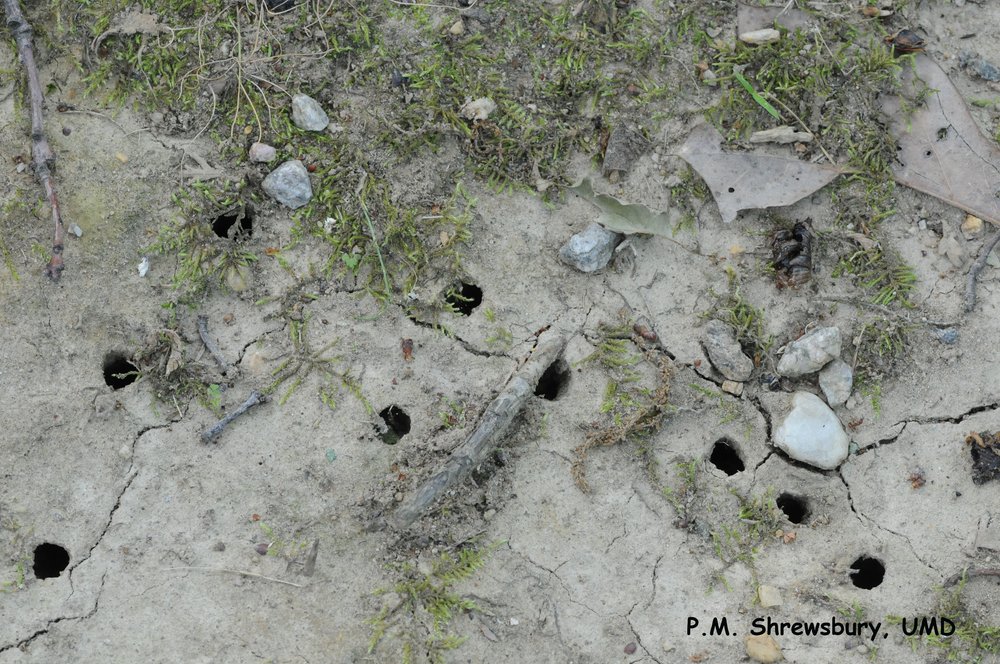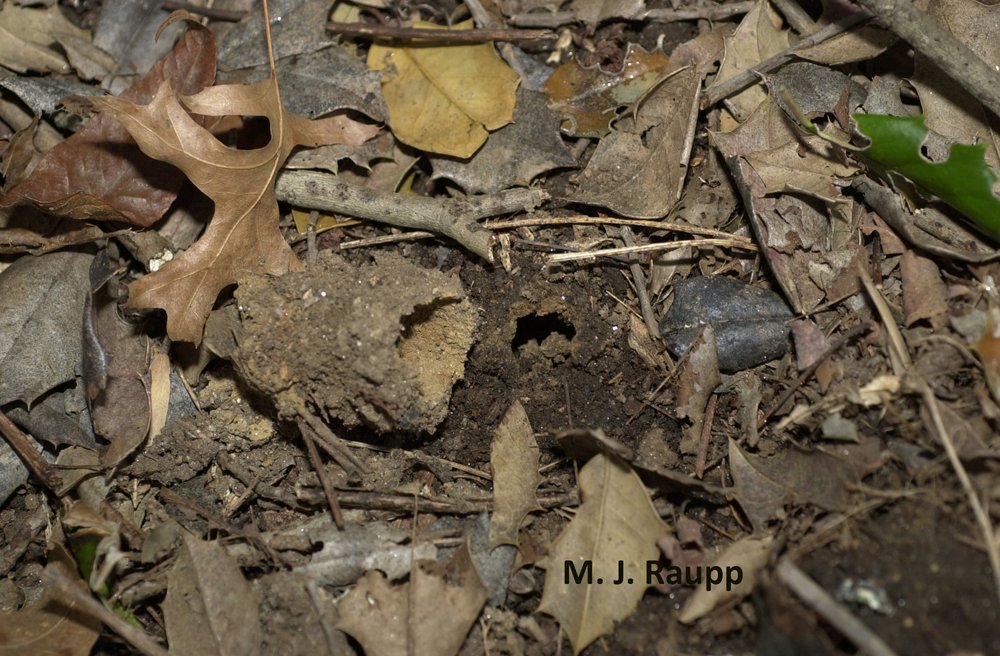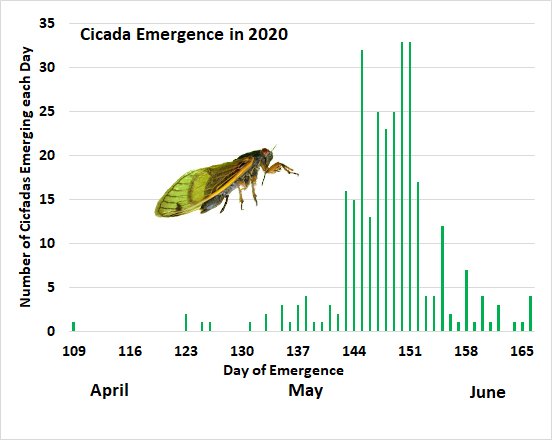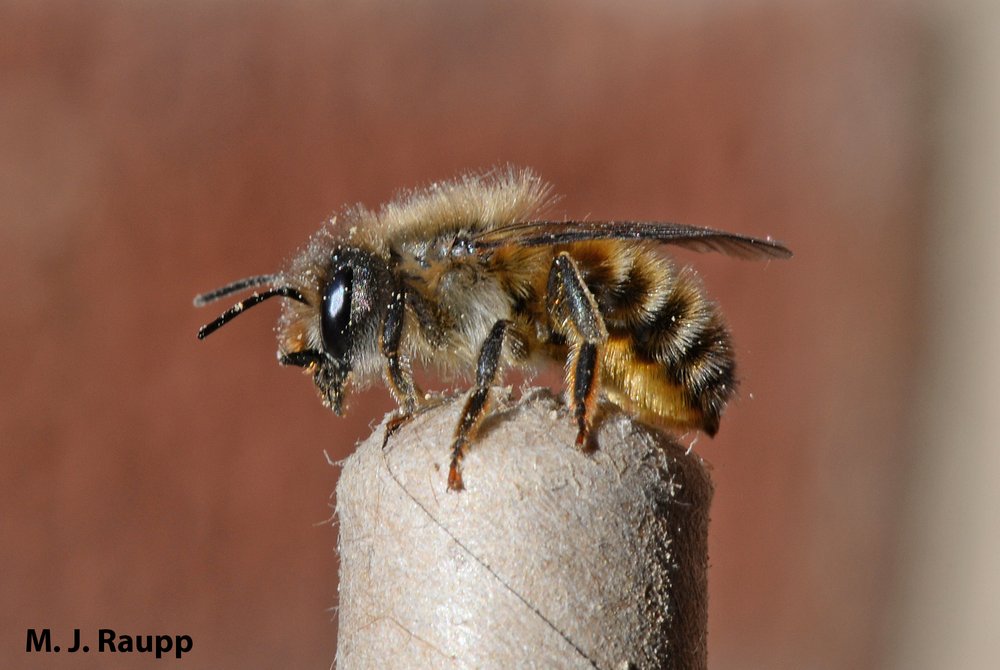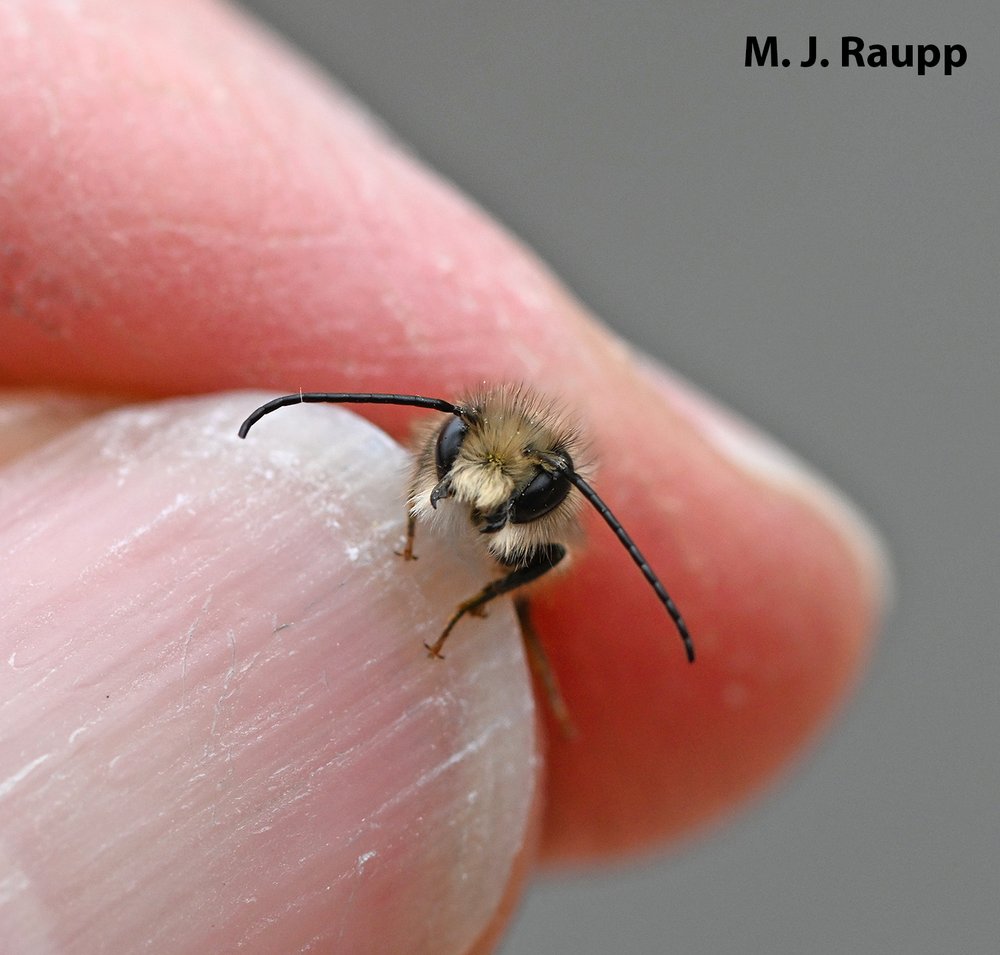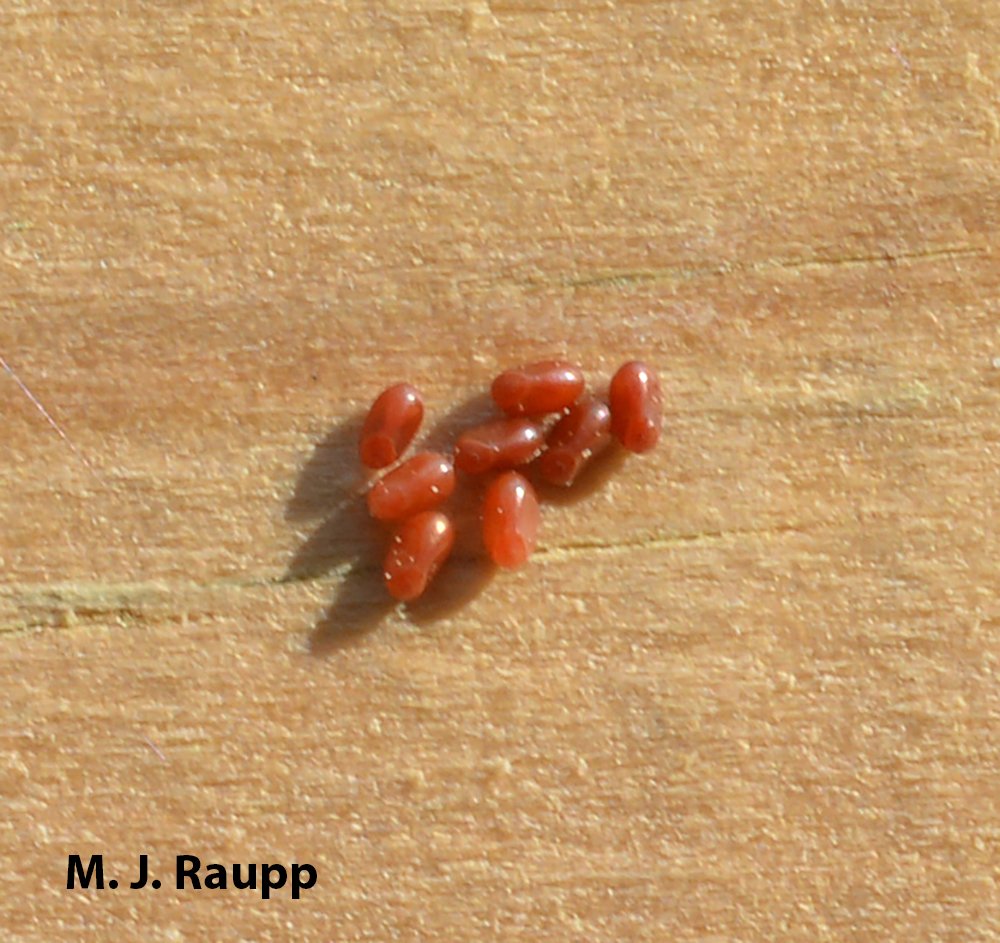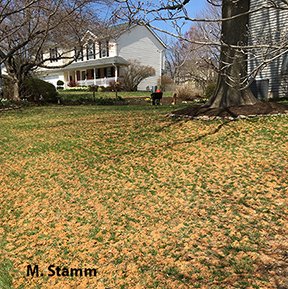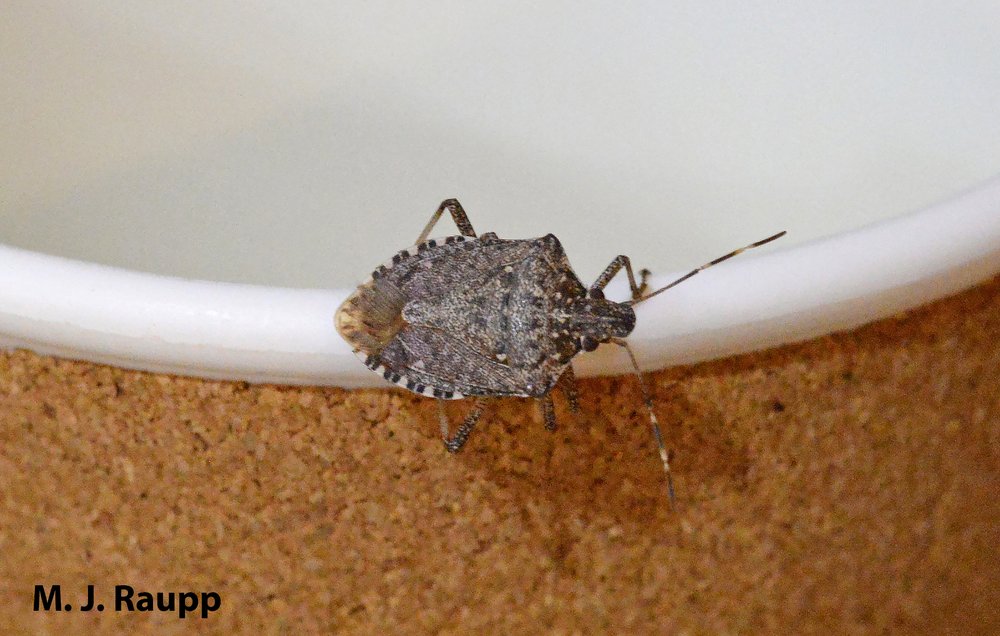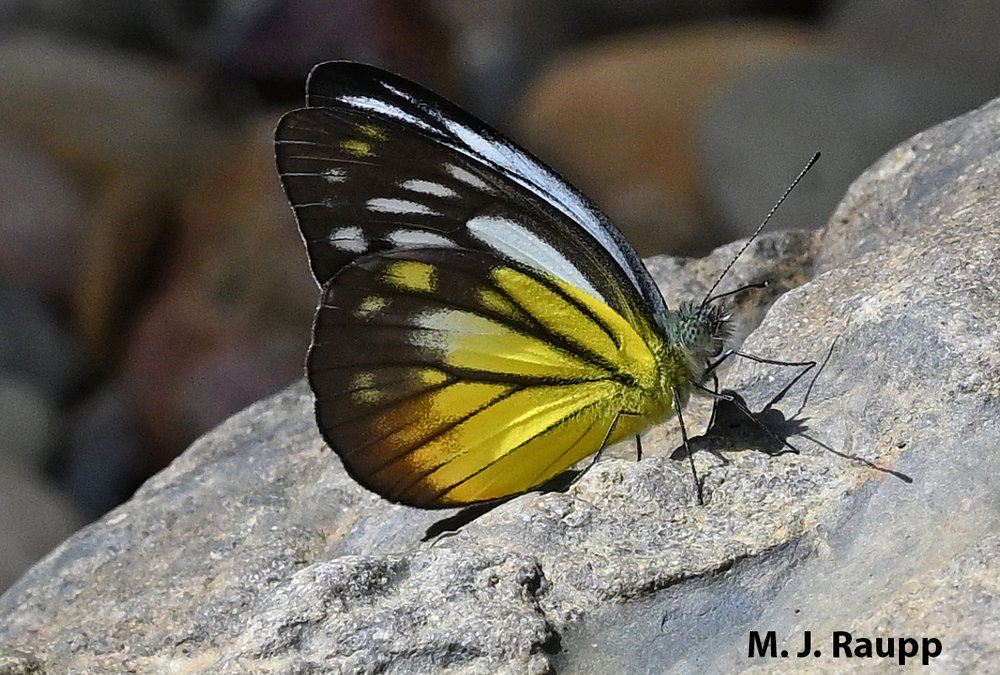Do Termites Like Moisture? The Role of Moisture in Termite Infestations
Although termites seem to be more prevalent in warmer locations, such as Miami, Florida, and Los Angeles, the Northeast and New England area aren’t immune to these pests. Across the country, termites damage roughly 600,000 homes every year, creating an estimated $5 billion in damage.
After years of providing countless treatments for elimination and prevention throughout Massachusetts, New Hampshire, Rhode Island, and Connecticut, Catseye Pest Control has extensive experience dealing with termites. The Catseye team believes that understanding the behavior of these silent destroyers and learning what attracts them to a property is the key to prevention.
One common question is do termites like moisture? Let’s explore the answer to that and more. Learn more about termite biology, the role moisture plays in their habits, and how to spot the signs of a problem early to better prevent damage from these destructive critters.
Termite Biology and Behavior
Termites have lived for millions of years, dating back to the time when dinosaurs roamed the planet. Although there are more than 2,700 species worldwide, the single most common termite found in this region is the subterranean termite.
In their natural habitats, termites play a beneficial role in the ecosystem. These wood-munching insects aid in recycling dead wood, helping it transform into rich soil and preventing piles of wood from laying around. They have a considerable positive influence on ecosystems in tropical and subtropical locations.
In your home or on other properties, however, termites can cause massive destruction. They feed primarily on wood and can weaken structural elements without anyone knowing they are even there.
Basic Termite Biology
Termites belong to the same family as cockroaches, Blattodea. They have three stages in their life cycle: egg, nymph, and adult. They are social insects that live in large colonies where they fall into three basic groups. Workers have white bodies and make up the bulk of the colony, doing all the tunnel building and caring for young termites. Soldiers have larger, darker-colored heads and work to defend the colony. Swarmers are the termites that mate and lay eggs. They have dark bodies and wings that allow them to leave and start new colonies.
Termite Behavior
When the weather warms up in spring, usually from March through May, winged swarmer termites start emerging from homes and the soil. These are new kings and queens that are leaving the colony to mate and start their own colonies. They typically pair up as they fly and then search for an ideal spot to call home once they land.
Once they do, they start digging their tunnels and establishing their colonies, which may remain small or grow to extensive sizes. Some large colonies can stretch as far as the size of a football field. Typically, termite colonies contain anywhere from 60,000 to two million termites. They build tunnels to travel between the colony and their food sources.
The reason these insects are so destructive is their eating habits. They constantly eat wood, all day, every day. Over time, their voracious appetite for all things wood can lead to devastating levels of damage to homes and other wooden structures.
Why Do Termites Like Moisture?
Are termites attracted to or repelled by moisture? Understanding this dynamic is crucial for homeowners seeking to prevent termite infestations and protect their properties.
Not surprisingly, subterranean termites love moisture. These pests live underground and in the soil, which helps prevent them from drying out. When they forage above ground, they frequently return to the soil to rehydrate. They travel through the tubes they create from the colony to their food sources, replenishing their bodies’ moisture levels along the way.
That means water damaged wood is like a flashing “welcome” sign for termites. It offers everything they need — food and moisture — in one premium living location. Although you might think standing water damage, as seen in areas that frequently experience flooding, is the only source of the problem, everyday use of water can also lead to moisture problems. Cracked caulking around showers and tubs, slow leaks under toilets and sinks, improper ventilation, and inadequate ventilation can all contribute to moisture accumulation.
Signs of a Termite Infestation
Termite infestations can happen anywhere on a property, including the exterior and interior of a home or other building. Although these pests often leave no visible signs to alert you to their presence, routine inspections and knowing what to look for can help.
Exterior Signs
If you notice signs of termites outside, there is a good chance they may be inside your home, as well. Some things to look for include:
- Decaying wood, including stumps: Break a piece off and look for masses of white specks.
- Areas where wood touches the soil: Check for areas that look like they have rough troughs.
- Piles of translucent wings: When swarmers leave the colony, they shed their wings in places like patios, decks, foundation walls, and windowsills.
- Mud tubes: These are the pathways termites use to travel from the colony to their food source and can be spotted on the outside of foundations.

Interior Signs
You can have a termite infestation for years with no visible signs of damage. However, some things to watch out for include:
- Buckling wood floors or blistered spots
- Sunken areas or lines that look like trails on the walls
- Doors and windows that are suddenly difficult to open
- Bubbled appearance on walls and wallpaper
- Buckling support beams or ceilings
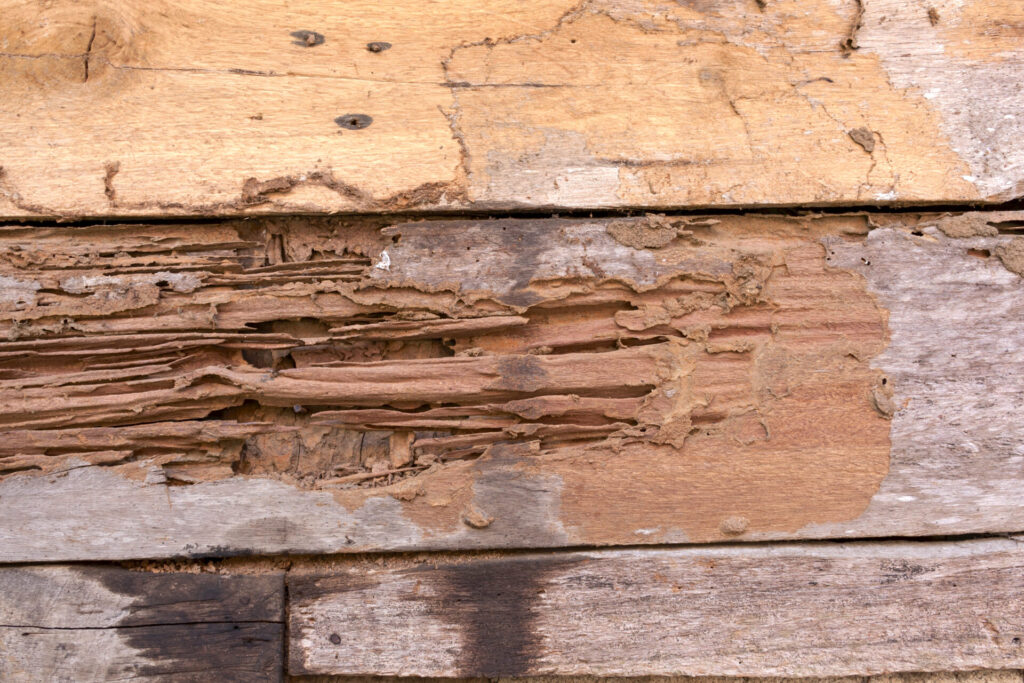
Termite Prevention Strategies
A 2024 “State of the Termite Market” report revealed that not fixing leaks and moisture issues is among the primary challenges for termite control. Promptly fixing leaks and maintaining adequate drainage around the foundation can help prevent termites. Additional steps you can take include:
- Exclusion: Seal off any cracks in the foundation or gaps around utility lines to reduce access.
- Smart landscaping: Keep trees and shrubs away from the exterior of the building.
- Enhance ventilation: Consider installing a dehumidifier in crawlspaces, basements, and attics to ensure proper airflow.
- Store firewood away from the house: Keep firewood and any wood debris at least five to 20 feet away from the exterior of the building.
- Perform inspections: Routine monitoring can help catch problems before they become disastrously widespread.
Contact a Professional Termite Pest Control Company
Even the best preventive strategies can fail. Termites can be insidious and incredibly destructive. Working with professionals is essential to ensure the colony is completely eradicated. Additionally, the pros at Catseye have training and experience, which helps when it comes to monitoring and inspecting properties for signs of termite activity.
If you see evidence of an infestation, professional termite pest control is a must. Catseye uses a five-point system to ensure lasting results to restore your peace of mind. Contact us today to learn more about our termite control services or to schedule a free inspection to get started.
The post Do Termites Like Moisture? The Role of Moisture in Termite Infestations appeared first on Catseye Pest Control.
This article appeared first on Catseye Pest
